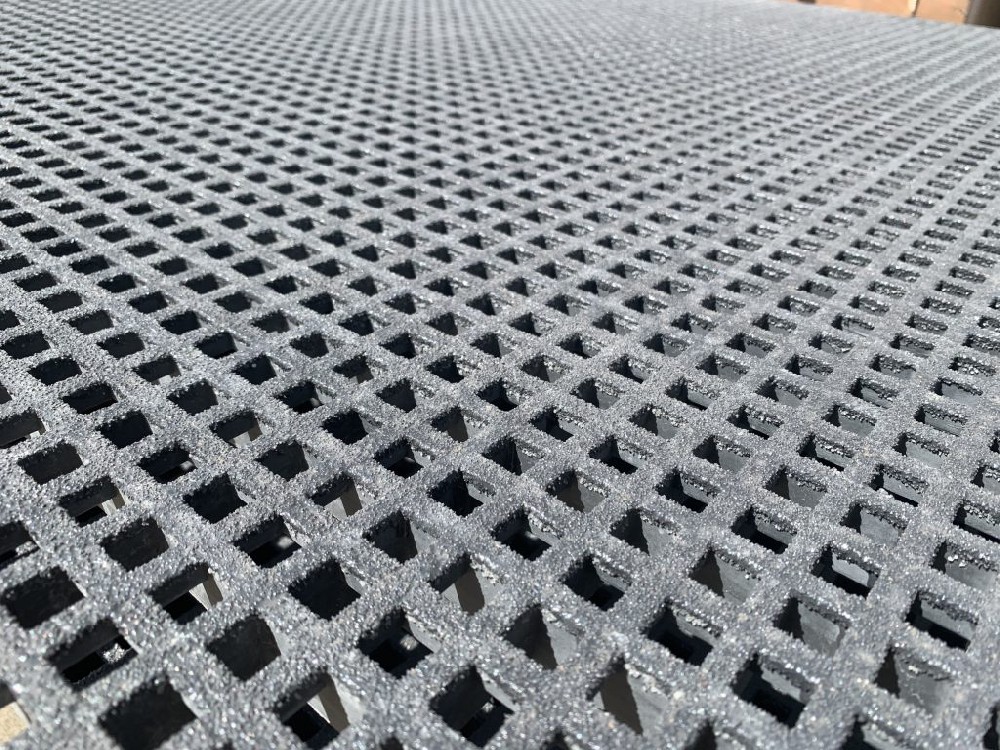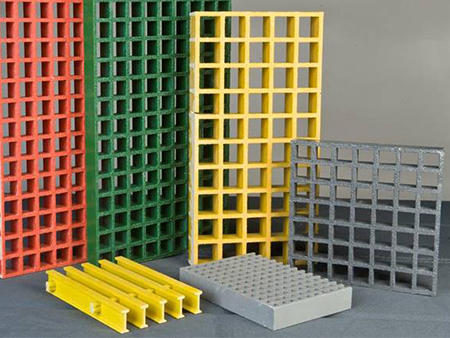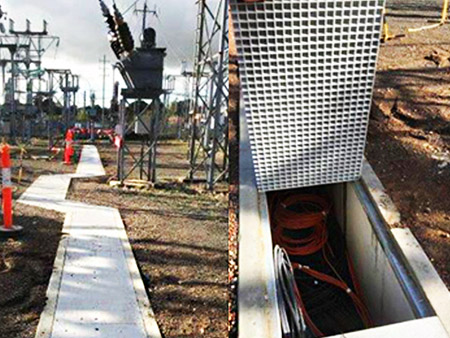How Green is FRP?
Let's compare the Sustainability of Fibreglass Reinforced Plastic (FRP) with old-fashioned materials like concrete and iron, for use in public spaces. That’s looking at things like trench covers, manhole covers, bridges, walkways and safety structures.
Sustainability is often measured across three main aspects, these are:
Social – this includes items like safety, security and convenience,
Environmental – things like energy consumption, emissions, waste, and virgin material use. This is what we call the ‘green footprint’.
Economic – includes purchase price, transport, life cycle, repair and maintenance costs and return on investment.
Some things can cross over more than one category. For example, when we measure how sustainable FRP is in relation to transport, it can fall under all three categories:
Economic (lighter weight = lower transport costs per unit)
Environmental (lighter weight = more efficient transportation, less equipment needed at installation, reduced traffic congestion due to quicker installation)
Social (lighter weight = easier to handle during transport = safety)
There have already been several good studies that show how well FRP stacks up against aluminium, concrete, iron, and steel in terms of strength.
There hasn’t been much work done on how they compare for sustainability. A good study that looks at all three aspects of sustainability is ‘Bridge decks of fibre reinforced polymer (FRP): A sustainable solution.’*
We've also put together some information in a graphic you can access here FRP Green Footprint.pdf. We're thrilled to report that FRP is more sustainable than concrete, iron, and steel. Composites get the tick of approval across all three categories including for their ‘green footprint’.
If you want to know more about FRP Composites, call us on +86 513 66819918 or email info@gratingfrp.com.
*Mara et al. Construction and building Materials, Volume 50, 15 January 2014, Pages 190-199.



